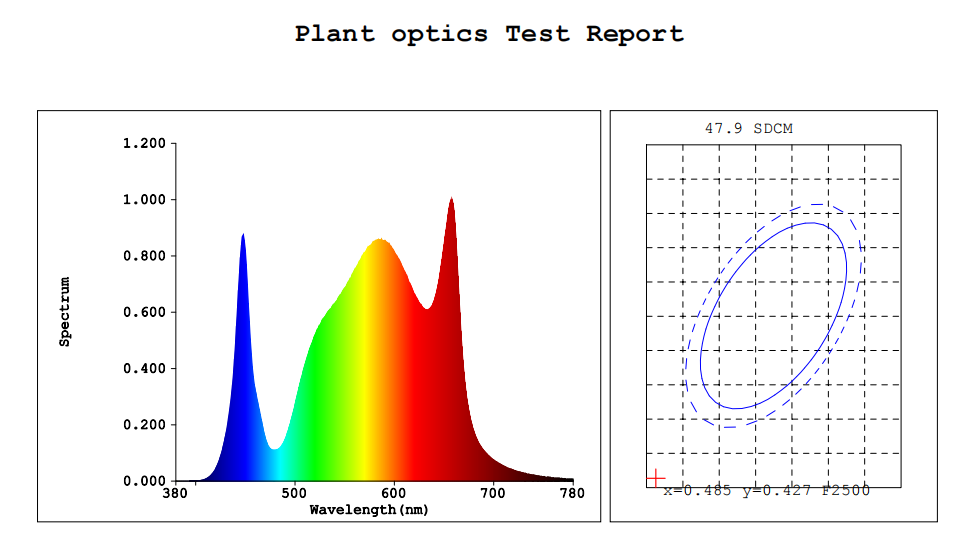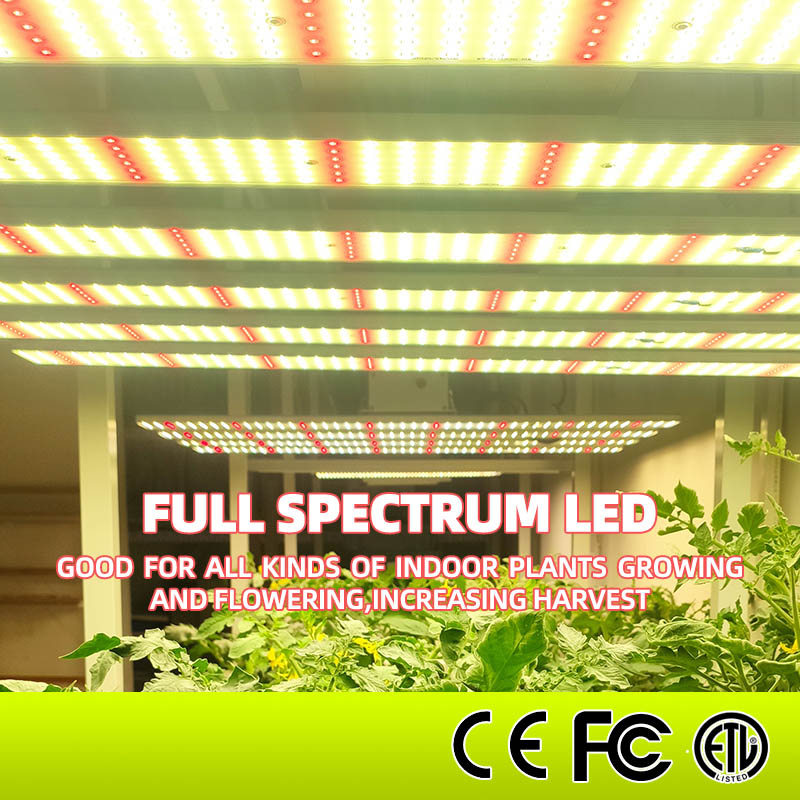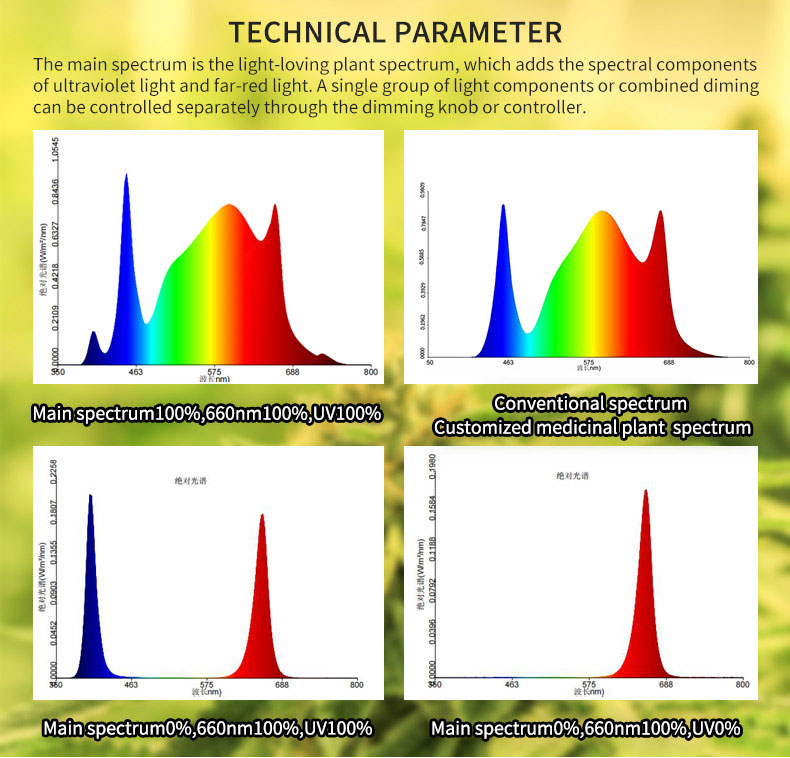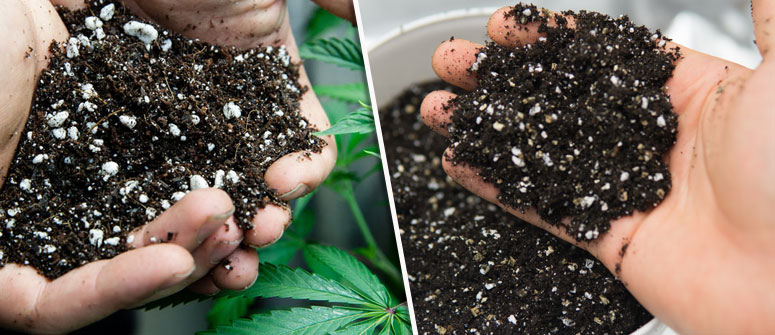Ultraviolet rays refer to light with a wavelength of less than 400m, accounting for 7% of solar radiation. High-intensity ultraviolet light less than 300mm is harmful to plants, and ultraviolet light less than 280m can kill plants. 320~340nm has little effect on plant cryptochrome. Sunlight is a continuous spectrum with wavelengths ranging from 100nm X-rays …
More-
Ultraviolet (UV) Plant Photobiology
-
The light quality requirements of plants-the research and development direction of light parameters of grow lights
Light is a key environmental element for plant growth and agricultural production. Photosynthesis is the main source of inorganic-organic transformation of materials on the earth. The wavelength in the range of 300mm to 800mm can be absorbed by green plant chlorophyll or photoreceptors. Around the world, before the 1970s, because there were only electric light …
More -
The core parameters of LED grow lights
Photosynthetic Active Radiation (PAR) The radiation of a specific wavelength range (400-700nm) used by plants for photosynthesis is called photosynthetically active radiation, and there are two labeling units: One is expressed in photosynthetic irradiance (w/m2), which is mainly used for generalized research on photosynthesis of sunlight. The second is expressed by the photosynthetic photon flux density …
More -
Plant light quality biology-the basis of LED plant lighting theory
In the solar spectrum, the optical radiation in the 300-800mm band is called Physio-logically active radiation, and the 400-700mm optical radiation is called the Plant Photosynthetically Active Radiation (PAR). The former includes near-ultraviolet and far-red light, while infrared radiation is not physiologically effective radiation. 380~780nm is visible light, part of ultraviolet light and far-red light …
More -
FLUORESCENT LIGHTS FOR GROWING CANNABIS
Fluorescent lights are a popular option for home growers because they’re cheap, easy to get hold of, and ideal for every phase of cannabis cultivation. WHAT ARE FLUORESCENT GROW LIGHTS? If you’re a beginner experimenting with cannabis for the first time, CFLs and T5 grow lights are an excellent choice. There are plenty of different …
More -
WHY IS LIGHT IMPORTANT FOR GROWING CANNABIS?
The importance of light comes down to one word—photosynthesis. Photosynthesis is the process plants use to turn light energy into chemical energy, helping them grow, resist disease, synthesise nutrients, and, most importantly, develop dense, resin-laden buds! Most cannabis plants are photoperiodic, and, in the wild, flower according to the seasonal changes in light exposure. Indoor lighting …
More -
The effect of light on plant growth
Light plays a particularly important role in the growth and development of plants, and it affects almost all growth stages of plants. The effects of light on plants are mainly manifested in two aspects:One is to provide radiant energy for plant photosynthesis;The second is as a signal to regulate many physiological processes throughout the life …
More -
How much weed can you grow indoors on 1m²?
A multitude of factors influence how much weed you can grow in a standard indoor grow environment. Click here for some ballpark estimates.Let’s be honest; most cannabis users, both recreational and medical, have toyed with the idea of growing their own weed.Whether it’s the money or a passion for the cannabis plant that motivates you, chances …
More -
Growing cannabis on soil indoors(二)
TYPES OF SOIL BASED MEDIUMS Soils are mostly comprised of three types of mineral particles and organic material such as decomposed plant matter. The three different (according to size) types of mineral particles are sand, silt, and clay. Except for the size, they differ in toughness, how they retain water and nutrients and other characteristics, …
More







